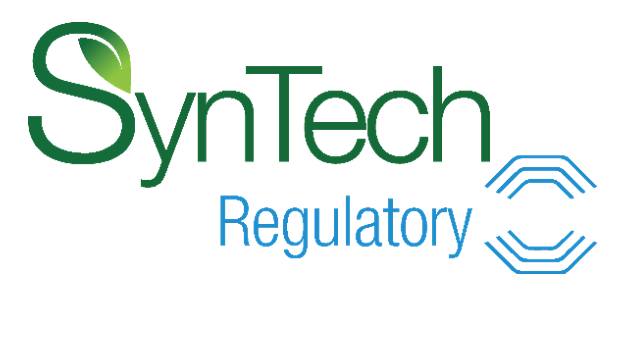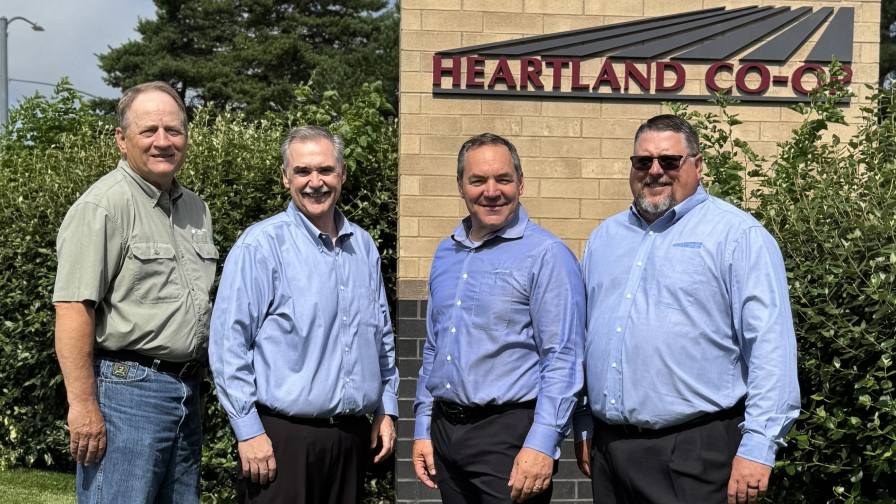Adama’s Moshik Fish, Head of Global Herbicide Sector, Discusses Growing 2,4-D Market
As Dow AgroSciences’ anticipated blockbuster Enlist cropping system inches along to the U.S. regulatory finish line, a resurgence in the 2,4-D market looks to be inevitable. As glyphosate resistance expands worldwide, the need for alternative solutions is growing palpably more urgent — which is exactly the problem Dow hopes Enlist will address.
The post-emerge herbicide component of Dow’s new weed control system, Enlist Duo, combines glyphosate with a new 2,4-D choline — a quaternary ammonium salt instead of an amine or ester as in traditional formulations. Pending regulatory approvals, Dow expects to launch Enlist for corn in 2015, followed by soybeans and cotton in subsequent years.
Asked about the implications Enlist holds for the crop protection market, Moshik Fish, Adama’s global herbicide lead, discussed the uptick in demand expected for 2,4-D and the challenges ahead, including a string of patent infringement suits filed by Bayer CropScience against Dow.
FCI: What is MAI — now known as Adama — seeing in terms of demand for 2,4-D? With Dow’s Enlist system nearing deregulation in the US and glyphosate resistance on the rise, what are you noticing in regard to this market, and what does it mean for Dow’s competitors? Do you expect an expanding market for 2,4-D?
MF: The key challenge we see with the Dow AgroSciences Enlist Weed Control System is the timing of the registration clearing and the existing lawsuits which have been filed around the intellectual properties (IP) involving Bayer CropScience and Dow AgroSciences. It appears that there are a number of issues which need to be cleared prior to commercialization. Once commercialized, we anticipate that Dow’s program will grow in market share as the seed supply grows which contains the Enlist system.
[Editor’s note: Dow AgroSciences says its target dates for bringing Enlist to market remain on track.]
The feedback that we have received from the marketplace would suggest that growers will be willing to use the Enlist Weed Control System. It fits their current practices, and they will accept the mixture so long as it is cost competitive. The 2,4-D market has been slowly, but steadily expanding for the last number of years primarily as it is used in corn, soybeans, cotton and other commodity crops. We anticipate that this will continue to occur and will increase with the introduction of the Enlist Weed Control System.
New strategies surrounding herbicide resistant weed management is what drives the value or growing need for this specific type of weed control system. It is also a solid solution for growers who use burn-down systems as they continue to add more tillable acres to their farming operations. The Enlist Weed Control System will drive this type of adoption in future crop uses, which is anticipated to more than double in use of acres that will be treated with 2,4-D (on corn, soybeans and cotton production) in the near term.
The limitations will be the fact that the Enlist Weed Control System does not provide the needed residual herbicide activity which is a critical success component for a growing number of herbicide and glyphosate-resistant challenges in corn, soybean and cotton acres. Also, the Enlist Weed Control System will not be available for all cropping regions (specific to corn, soybeans and cotton). It is assumed that it will directly compete with Monsanto Company’s dicamba-based weed control system, also.
FCI: What are the major challenges with the 2,4-D product, regulatory and otherwise?
MF: When using any form of 2,4-D as a crop protection weed control solution, volatility and physical movement via spray drift is always a concern which includes specialty crops (fresh market produce) and row crops. To note, there are a number of crops that are highly susceptible to 2,4-D acid.
All 2,4-D formulations are subject to the potential for physical drift, and all formulations have some level of volatility. Specific to the Enlist Weed Control System, this advanced formulation is expected to reduce the potential for volatility, but users need to know that it does not fully eliminate volatility.
Also, continued industry and urban concerns with any type of 2,4-D product is to be expected as it relates the volatility and physical drift.
[Editor’s note: Dow AgroSciences responds: “With our Enlist system we have reduced volatility to near zero and reduced the potential for herbicide drift by up to 90% when using Enlist Duo herbicide according to recommendations compared to traditional 2,4-D herbicides. Our product features our new, innovative 2,4-D choline. We have specifically developed Enlist Duo herbicide with Colex-D Technology to address off-target movement.”]
FCI: Are you seeing any other interesting product trends of note in the crop protection market?
MF: Over the past two years, we’ve witnessed increased demand for pre-emergence residual herbicides on corn, soybeans and cotton. Not just to prevent early weed competition, but to address weeds showing signs or confirmed for glyphosate resistance. Experienced go-to residual standards like metolachlor, atrazine, metribuzin and trifluralin have a renewed presence in market. These products set the bar for performance and reliability — which growers are quickly adopting once again.
We are also seeing more systematic approaches to weed control; for example, multiple applications of residual offerings with multiple modes of action used throughout a single growing season. Much of this has to do directly with targeted issues specific to Amaranthus and other glyphosate-resistant weed species.






